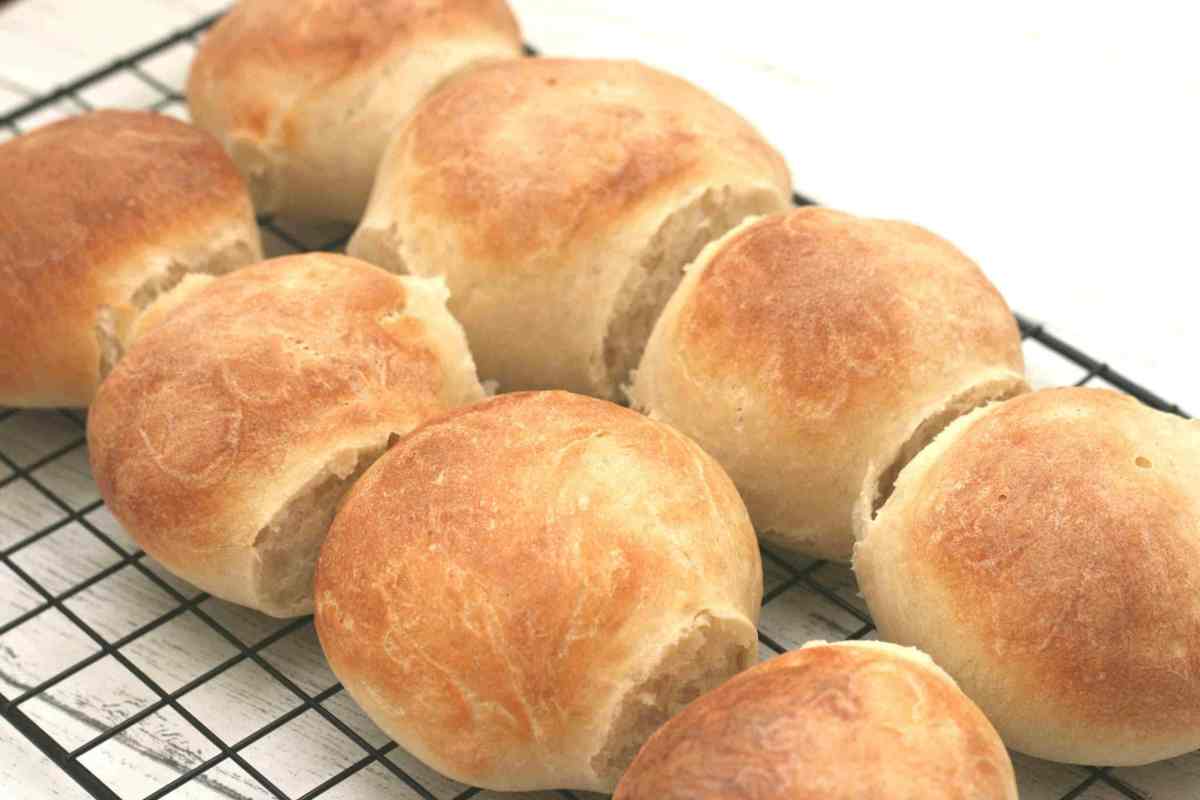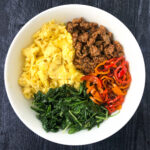Imagine sinking your teeth into a cloud-like, banting-friendly bread roll – light, fluffy, and surprisingly satisfying. This isn’t a dream; it’s a delicious reality achievable with the right techniques and ingredients. This guide unveils the secrets to crafting perfectly fluffy bread rolls that adhere to the banting principles, guiding you through each step with precise instructions and visual descriptions to ensure success. Prepare for a culinary adventure that will redefine your expectations of low-carb baking!
From meticulously selecting the ideal banting-friendly flours and fats to mastering the art of kneading and shaping, we’ll cover every aspect of the process. Visualize the golden-brown crust, the soft, airy interior – a testament to your baking prowess. We’ll explore different shaping techniques, turning simple dough into beautiful, uniform rolls. Get ready to transform simple ingredients into a culinary masterpiece.
Mixing and Kneading Techniques for Banting Dough

Creating fluffy banting bread rolls hinges on the proper handling of the dough. The low-carb nature of banting flour necessitates a slightly different approach compared to traditional bread making. Careful mixing and kneading are crucial for developing the gluten structure necessary for a light and airy texture, even without the aid of high-gluten flour.
The ideal mixing method for a banting-friendly dough prioritizes gentle incorporation of ingredients to avoid overworking the gluten. Begin by combining the dry ingredients – banting flour, baking powder, salt, and any added spices – in a large bowl. Whisk these together thoroughly to ensure even distribution. In a separate bowl, whisk together the wet ingredients: eggs, melted butter or coconut oil, and any liquid sweetener. Gradually add the wet ingredients to the dry ingredients, mixing with a wooden spoon or spatula until just combined. Avoid overmixing at this stage; a few lumps are acceptable. The goal is to hydrate the flour without developing excessive gluten, which can lead to a tough bread. The dough should be slightly sticky but manageable.
Kneading Techniques for Banting Dough
Different kneading techniques yield varied results in banting bread. Traditional vigorous kneading, while beneficial for high-gluten flours, can lead to a dense and tough banting loaf. A gentler approach is preferred. The slap-and-fold method is particularly well-suited for this low-carb dough. This technique involves gently stretching and folding the dough over itself repeatedly, promoting gluten development without overworking it. Alternatively, a light kneading using the fingertips can also be effective. This method involves gently pressing and folding the dough with your fingertips, working from the outside inwards. The aim is to create a cohesive dough without developing too much gluten.
Ideal Dough Consistency for Fluffy Banting Rolls
The optimal consistency of the banting dough is crucial for achieving fluffy rolls. The dough should be soft and slightly tacky, yet not overly sticky or wet. It should be pliable enough to be shaped into rolls without tearing but firm enough to hold its form. Imagine the texture of slightly damp clay – it’s moldable but not runny. A dough that is too dry will result in crumbly, dense rolls, while a dough that is too wet will produce sticky, shapeless rolls. Achieving this perfect balance requires careful attention to the liquid-to-flour ratio in the recipe. Minor adjustments might be needed depending on the specific type of banting flour used, as different brands can absorb varying amounts of liquid. It’s always best to err on the side of slightly less liquid and add more as needed, a tablespoon at a time, to achieve the desired consistency.
Rising and Shaping the Banting Bread Rolls
The success of fluffy, banting-friendly bread rolls hinges not only on the mixing and kneading but also on the crucial stages of rising and shaping. Proper rising allows the gluten to develop fully, resulting in a light and airy texture, while careful shaping ensures attractive, evenly baked rolls. Understanding these processes is key to achieving perfect results.
The ideal rising environment for banting dough is warm and slightly humid. A warm oven (turned off after preheating to around 50°C/122°F) with a bowl of hot water placed inside creates a perfect mini-proofing box. This gentle warmth encourages yeast activity (if using) and allows the dough to expand without becoming overly dry. Alternatively, a lightly oiled bowl covered with plastic wrap placed in a warm spot in the kitchen will suffice. The rising time typically ranges from 1 to 1.5 hours, or until the dough has visibly doubled in size. However, it is crucial to check the dough visually rather than relying solely on the time frame, as ambient temperature and dough consistency can influence rising speed. A slightly under-proofed dough might yield denser rolls, while an over-proofed one could result in a flat, collapsed texture. The dough should feel soft and springy to the touch, not sticky or overly firm.
Banting Bread Roll Shaping Techniques
Shaping banting bread rolls is an opportunity to enhance their visual appeal. Uniformly shaped rolls not only look more professional but also ensure even baking. The following techniques illustrate various options, ranging from simple to more elaborate.
Basic Round Rolls: Divide the risen dough into equal-sized portions. Gently roll each portion into a smooth ball, tucking the edges underneath to create a tight surface. Place the shaped rolls onto a lightly greased baking sheet, leaving some space between each roll for expansion during baking. Imagine a perfectly round sphere, smooth and seamless, like a miniature planet. The evenness of the shape ensures that the heat reaches every part of the roll evenly.
Oval Rolls: Follow the same initial steps as for round rolls. However, instead of forming a perfect sphere, gently elongate the dough ball into an oval shape, maintaining a smooth surface. Visualize a perfectly smooth, elongated egg, uniform in size and shape. This subtle shape change adds a touch of elegance without significant extra effort.
Knotted Rolls: For a more visually interesting roll, divide the dough into portions, roll each into a long rope, and tie it into a loose knot. Picture a pretzel knot, but softer and rounder, the dough strands gracefully interwoven to create a charming, rustic look. The knot should be secure but not overly tight, allowing for expansion during rising and baking.
Creating fluffy banting-friendly bread rolls is more achievable than you might think. By following these detailed steps, you’ll master the art of low-carb baking and delight yourself and others with these delectable treats. Remember the key is in the precise ingredient measurements, the gentle kneading, and the watchful eye during baking. The result? A delightful experience, from the satisfying aroma filling your kitchen to the sheer joy of biting into a perfectly fluffy, golden-brown roll. So, gather your ingredients, embrace the process, and prepare to enjoy the fruits of your labor!
Answers to Common Questions
Can I use different types of banting-friendly flour?
Yes, experiment with almond flour, coconut flour, or a blend. However, the ratio of liquids may need adjusting to achieve the right dough consistency.
How can I tell if my rolls are fully baked?
Tap the bottom of a roll; it should sound hollow. A golden-brown crust and a firm texture also indicate doneness.
What happens if my dough is too sticky?
Add a tablespoon or two of more flour, one at a time, until the dough becomes less sticky but still pliable.
Can I freeze these bread rolls?
Yes, freeze baked rolls in airtight containers for up to 3 months. Reheat gently in the oven or toaster.


